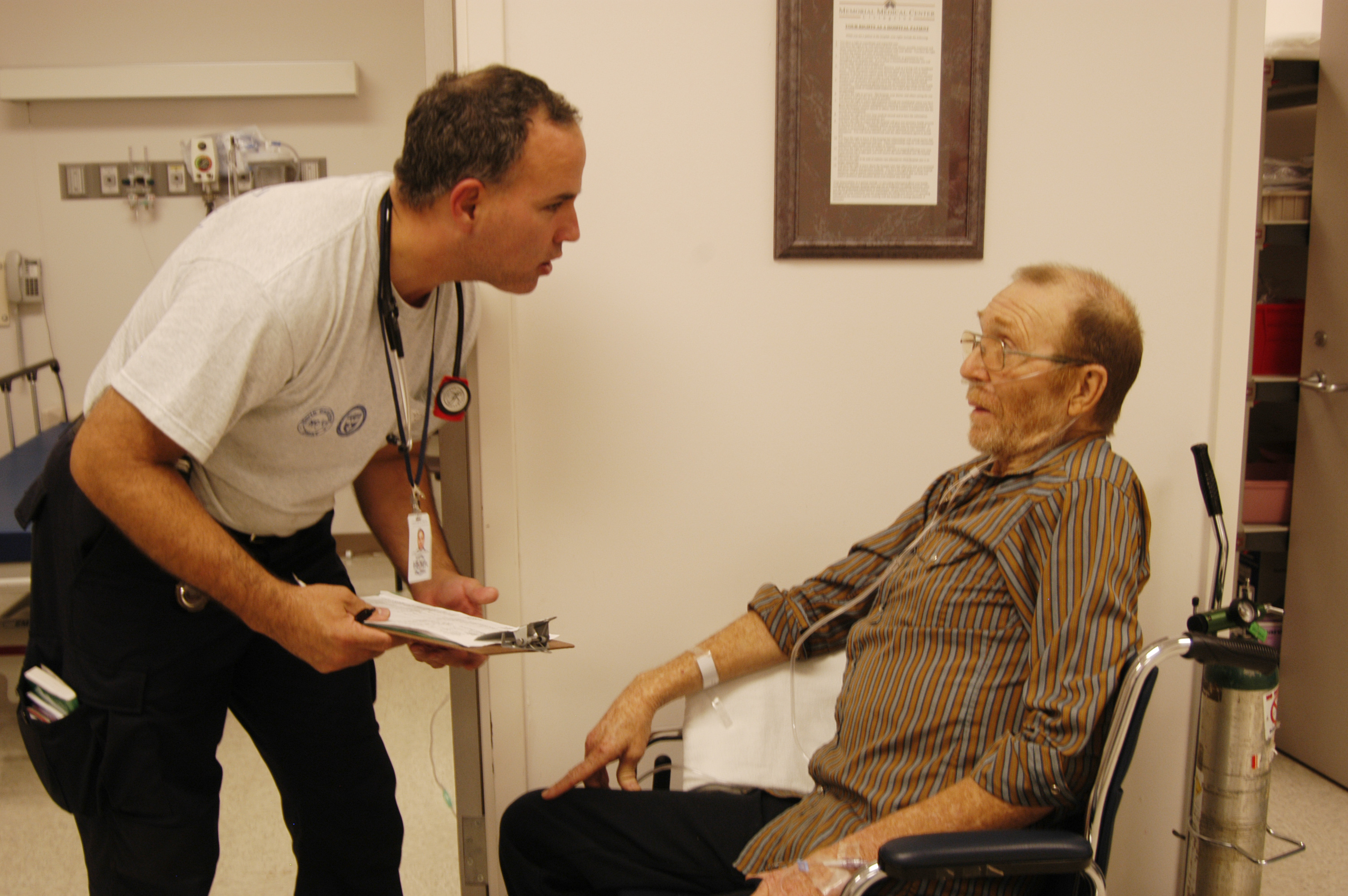 While the national mainstream media focuses on Obamacare's dimming prospects, internecine Republican conflicts over the merits of a government shutdown, pugnacious Democratic debates over government price controls and who should take credit for the drop in health care cost inflation, check out this local city paper article on the One Simple Idea (that) Could Revolutionize Health Care. As the reporter pointed out, there was no press release, no touting and no awards. Simply results.
While the national mainstream media focuses on Obamacare's dimming prospects, internecine Republican conflicts over the merits of a government shutdown, pugnacious Democratic debates over government price controls and who should take credit for the drop in health care cost inflation, check out this local city paper article on the One Simple Idea (that) Could Revolutionize Health Care. As the reporter pointed out, there was no press release, no touting and no awards. Simply results.The DMCB agrees.
Barbara Schneider and her team work with Philadelphia health insurer Keystone First's community outreach and care coordination programs to intervene on the "sickest of the sickest" diabetics. These are 35 patients who are admitted on average more than twice a month. Patients who are on a first-name basis with all the local emergency rooms nurses on all the shifts. Patients who live in run-down boarding houses on a good day. Patients who are lucky if their blood sugar is only 600 mg%. We're talking hundreds of thousands of dollars in health care costs.
Dr. Schneider's lay community health workers (more info on the science here) are seeing these individuals in parking lots, McDonald's, row homes and halfway houses to cajole, coach, text, call, shuttle and haggle with patients, families, social workers, pharmacists and insurers to dismantle barriers one patient at a time. If a patient isn't ready to stop abusing drugs, that doesn't mean he can't be taught to use a glucose meter. While living circumstances may be chaotic, that doesn't mean she can't use a cell phone instead of just going to the emergency room.
As Dr. Gawande noted in his The New Yorker article about the super-utilizers, those kinds of interventions can add-up significant savings.
While Keystone has yet to release an analysis on the impact on claims expense for these patients, a cursory review of the data shows emergency room visits have been cut by a third, while inpatient stays declined by more than half. Even with the DMCB's limited background in analytics, it suspects that when the return on investment is finalized, Keystone will conclude that the program was an unqualified success.
To the DMCB, this is what it's all about. Washington DC can continue its partisan scorched earth battles while, in the meantime, small regional community minded health insurers like Keystone First are figuring out how to do right by patients using novel programs like this.
Image from Wikipedia





















+@+xicecybervila.blogspot.in.jpg)
